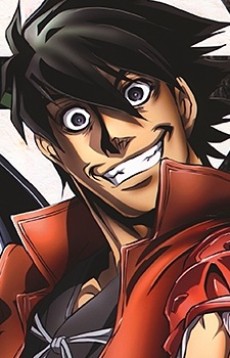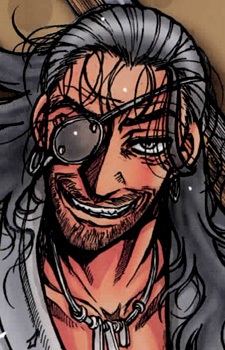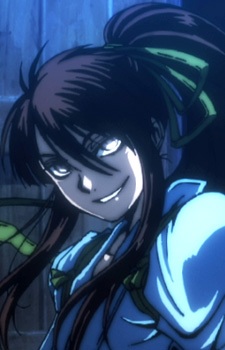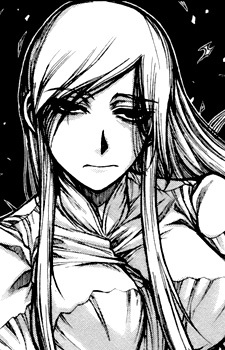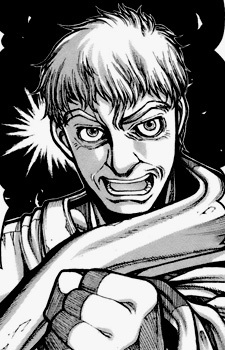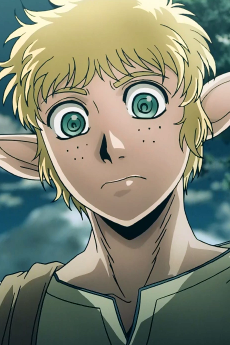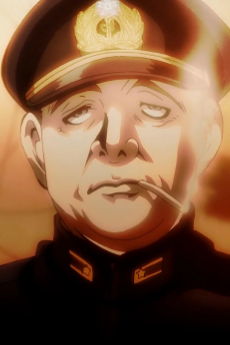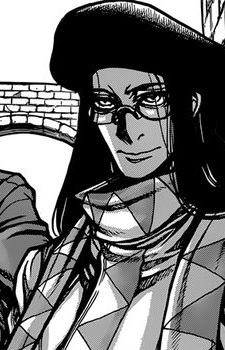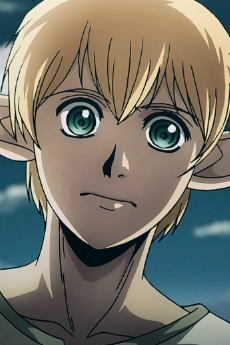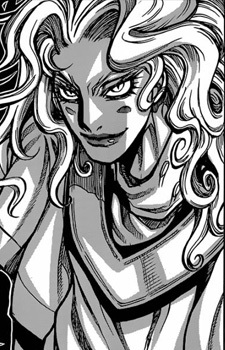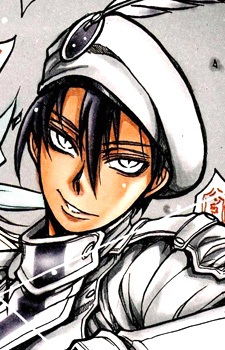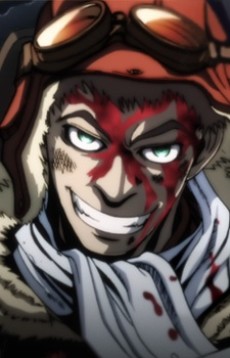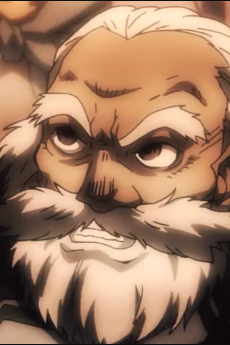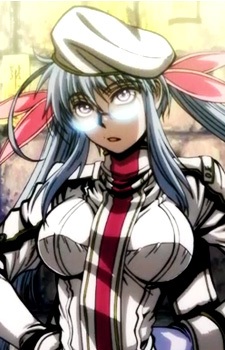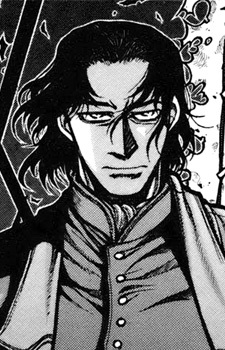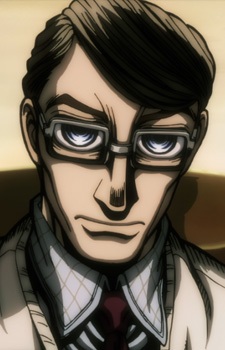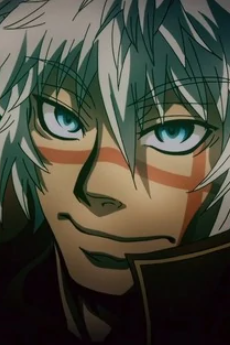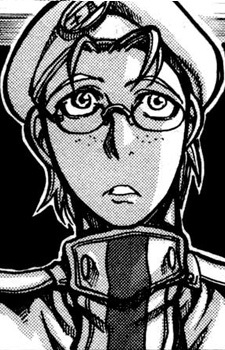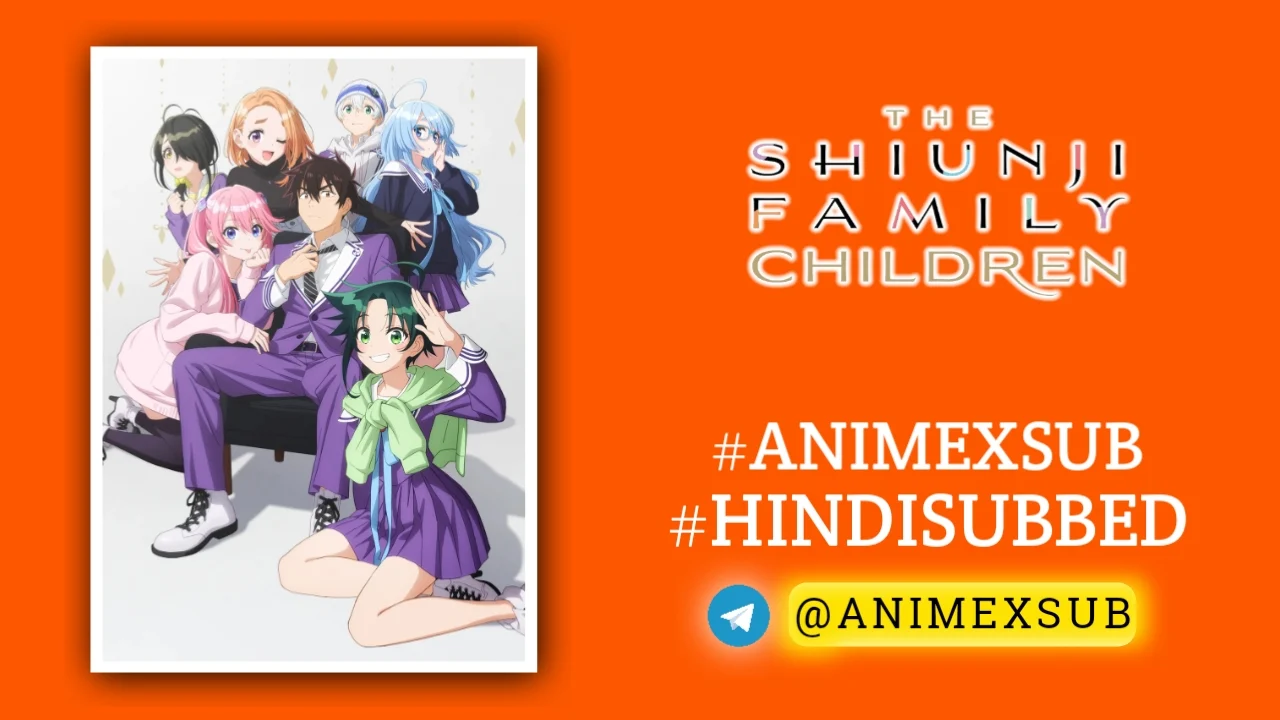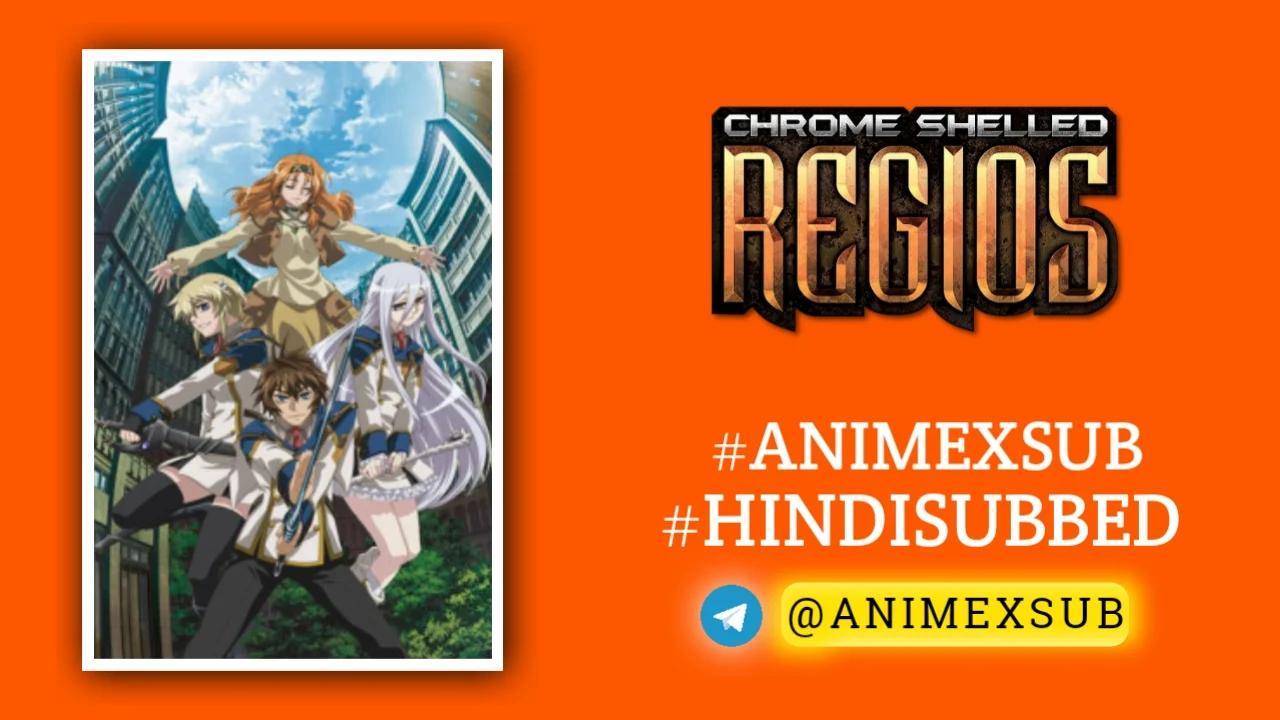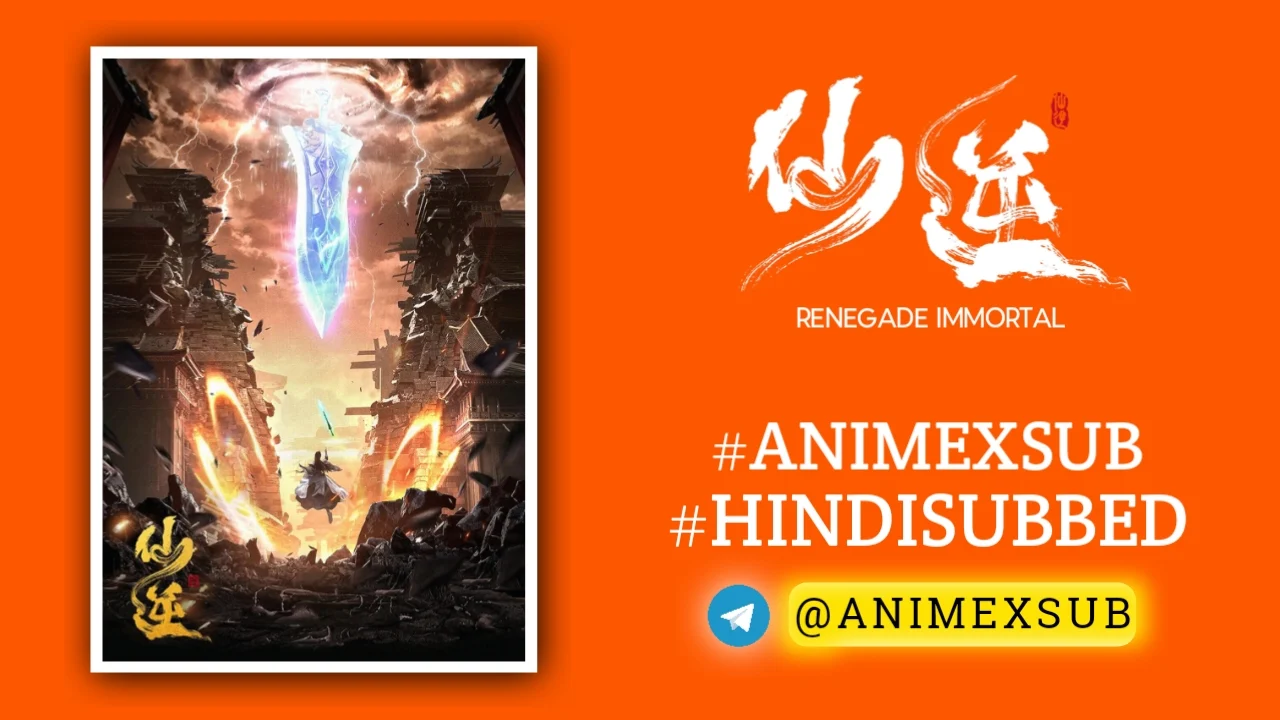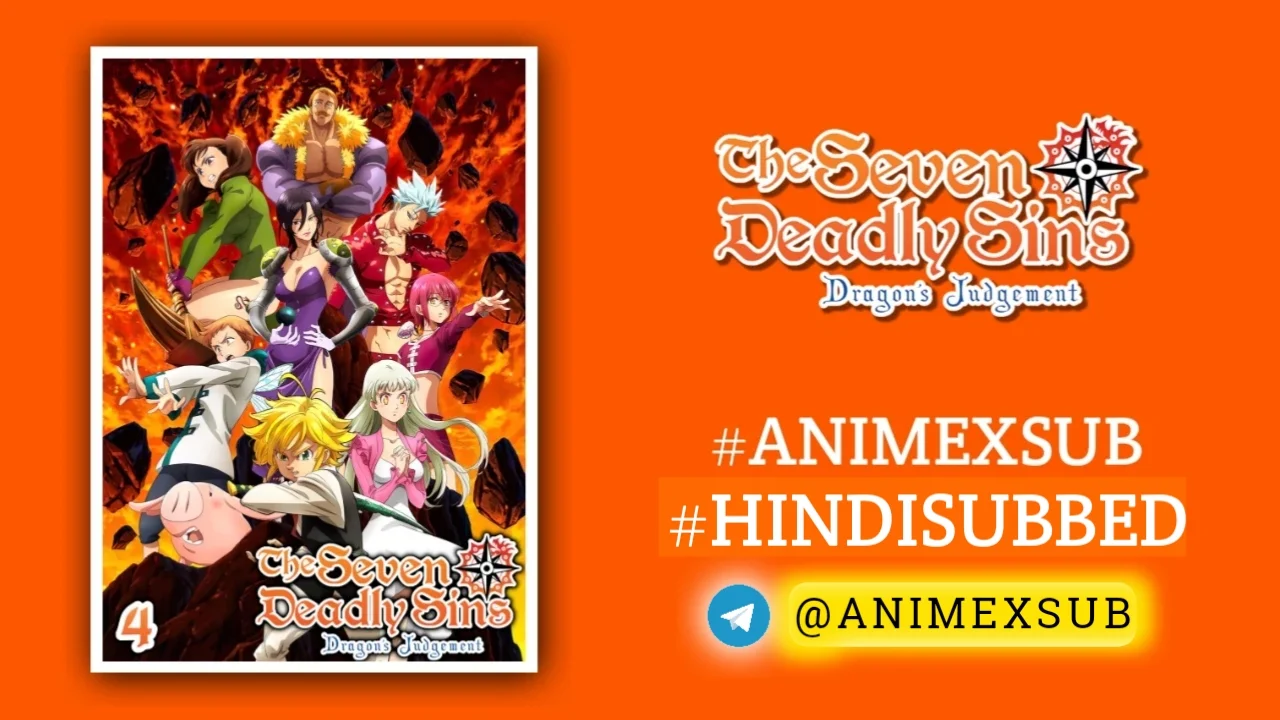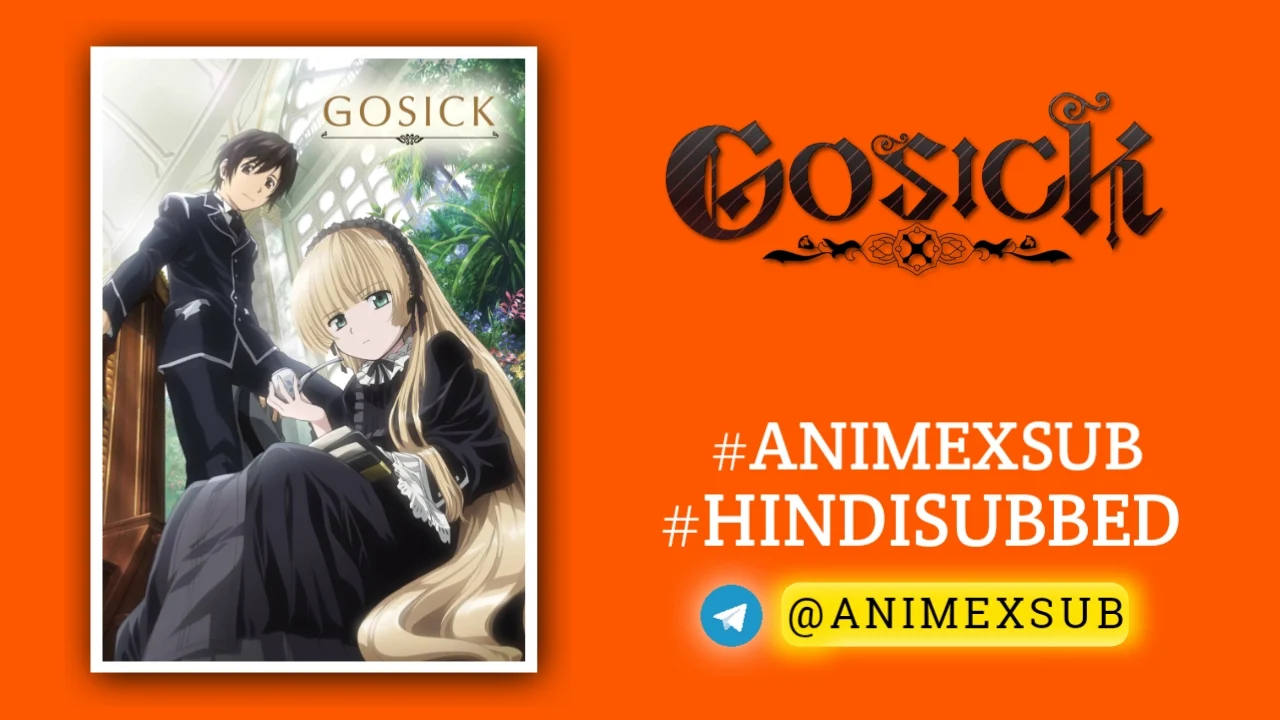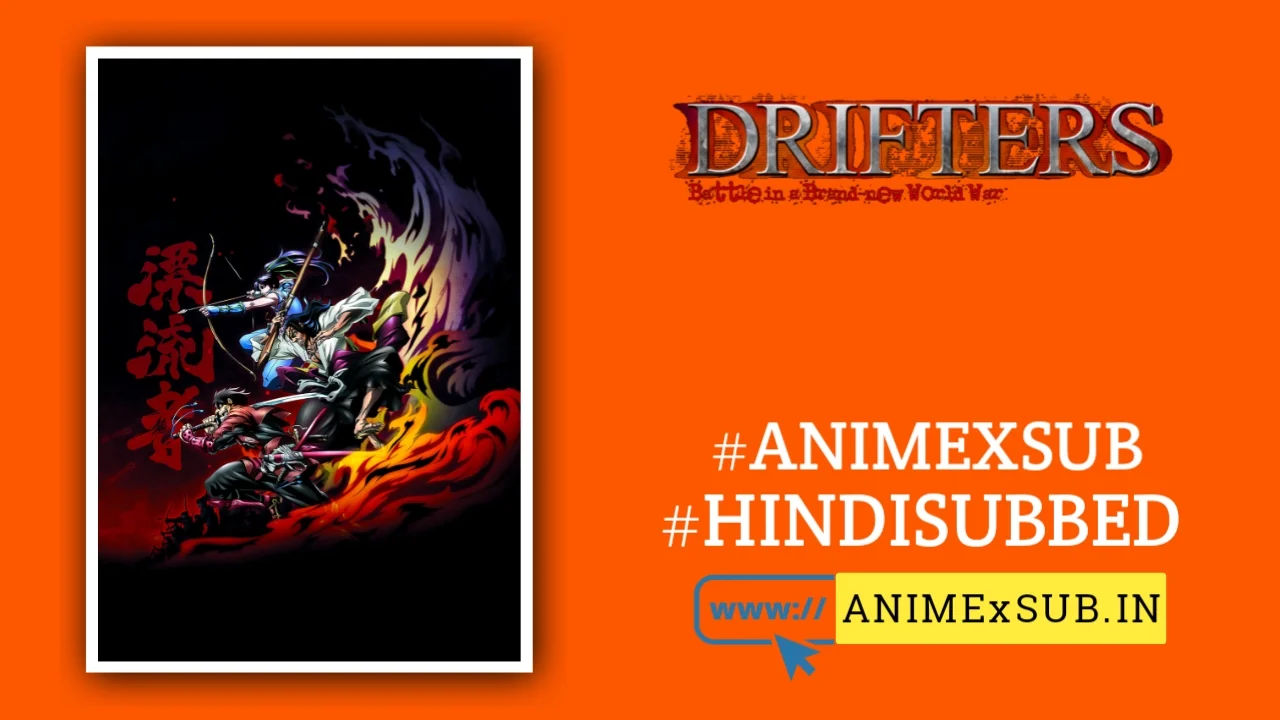
Drifters: Battle in a Brand-new World War Hindi Subbed [12/12] {Complete}

DRIFTERS
DRIFTERSSynopsis
The story centers around Shimazu Toyohisa, the real-life samurai who fought in the pivotal Battle of Sekigahara. In his dying moments, Shimazu is transported to a world of magic with other famous warriors throughout history. These warriors are forced to fight each other in an endless battle. (Source: Anime News Network)
Watch Trailer
Characters
Drifters Season 1: A Chaotic Symphony of History, Humor, and Havoc
Kouta Hirano’s Drifters Season 1, adapted from his manga and animated by Hoods Drifters Studio, is a wild, genre-defying plunge into a world where history’s greatest warriors are yanked from their timelines and thrown into a fantastical warzone. Released in 2016, this 12-episode anime stands out as a bold, unapologetic experiment that blends dark fantasy, historical fiction, and irreverent humor. It’s not just another isekai—it’s a blood-soaked, morally ambiguous epic that revels in its chaos while offering a fresh take on the genre. This article dives deep into what makes Drifters Season 1 a unique beast, exploring its narrative, characters, themes, and execution with a critical eye, avoiding the usual hype and promotional fluff.
A Premise That Rewrites History with a Katana
At its core, Drifters is built on a delightfully absurd yet compelling premise: historical figures, plucked from their moments of death, are dropped into a medieval fantasy world to fight a war orchestrated by mysterious forces. The story kicks off with Toyohisa Shimazu, a samurai from the Battle of Sekigahara in 1600, who, after a fatal wound, finds himself in a sterile hallway with countless doors, overseen by a cryptic figure named Murasaki. From there, he’s thrust into a world of elves, orcs, and dwarves, where he joins forces with other “Drifters”—legendary figures like Oda Nobunaga and Nasu no Yoichi—to battle the “Ends,” a rival faction led by equally iconic historical figures twisted by dark motives.
What sets this premise apart is its refusal to coddle the audience. There’s no gentle world-building or hand-holding exposition. The show throws you into the deep end, expecting you to piece together the stakes through the characters’ actions and sparse clues. This narrative gamble pays off for viewers willing to engage with its frenetic pace, but it can alienate those expecting a more conventional story. The lack of clear answers about the world’s mechanics—why these warriors are chosen, who Murasaki and his counterpart EASY are, or what the war’s ultimate purpose is—creates a sense of mystery that’s both frustrating and magnetic. It’s a storytelling choice that mirrors the chaos of war itself: messy, disorienting, and thrilling.
Characters: Historical Icons as Flawed, Ferocious Antiheroes
The heart of Drifters lies in its ensemble of historical figures, reimagined with larger-than-life personalities that stay surprisingly true to their real-world legacies while embracing anime’s penchant for exaggeration. Toyohisa Shimazu is the hotheaded, honor-bound samurai who leads through sheer audacity, slicing through enemies with reckless abandon. Oda Nobunaga, the cunning warlord, is a gleeful strategist with a penchant for dark humor, while Nasu no Yoichi, the legendary archer, brings a flamboyant, almost comical flair to the trio. Their dynamic is less “heroic team” and more a dysfunctional band of brothers, bickering like siblings one moment and orchestrating brutal battle plans the next.
The show’s brilliance lies in how it humanizes these icons without sanitizing them. Nobunaga, for instance, is as ruthless as his historical counterpart, reveling in tactics that are as morally gray as they are effective. The Drifters aren’t heroes—they’re warriors shaped by their violent eras, and the show doesn’t shy away from their flaws. This extends to the Ends, their antagonists, who include figures like Joan of Arc, reimagined as a pyromaniac zealot, and Grigori Rasputin, a manipulative sorcerer. The contrast between the Drifters’ chaotic camaraderie and the Ends’ cold, unified malice creates a fascinating moral ambiguity. Neither side is “good,” and the show challenges you to decide who, if anyone, to root for.
Supporting characters, like the oppressed elves and dwarves, add depth to the world, though they’re often overshadowed by the larger-than-life Drifters. The elves’ plight, in particular, serves as a grounded counterpoint to the bombastic battles, highlighting themes of resistance and liberation without preaching. However, the show’s focus on its historical stars means these fantasy elements sometimes feel like set dressing rather than fully fleshed-out components.
Themes: War, Power, and the Absurdity of Fate
Drifters isn’t just about flashy fights—it’s a meditation on war, power, and the randomness of existence. By plucking warriors from different eras and tossing them into a fantasy conflict, the show explores how violence and ambition transcend time. The Drifters’ strategies—Nobunaga’s gunpowder tactics, Toyohisa’s guerrilla warfare—reflect their historical contexts, but their application in a world of magic and monsters feels both innovative and absurd. This clash of eras underscores a central question: Are these warriors shaping history, or are they pawns in a larger, incomprehensible game?
The show’s tone walks a tightrope between grim and absurd. One moment, you’re watching heads roll in visceral battles; the next, Nobunaga is cracking dark jokes about burning villages. This blend of humor and horror is quintessential Hirano, echoing his work in Hellsing, but it’s executed with a lighter touch here. The humor doesn’t undermine the stakes—it humanizes the characters, making their brutality feel grounded rather than cartoonish. However, this tonal juggling act doesn’t always land, and some viewers may find the shifts jarring or the humor misplaced.
Another understated theme is the critique of power structures. The Drifters’ alliance with the elves against their human oppressors mirrors real-world struggles for freedom, but the show avoids heavy-handed moralizing. Instead, it lets the characters’ actions—often ruthless and pragmatic—speak for themselves. This refusal to spoon-feed a message is refreshing, though it risks leaving the audience wanting more clarity on the story’s broader implications.
Animation and Sound: A Stylized Assault on the Senses
Visually, Drifters is a feast. Hoods Drifters Studio, under director Kenichi Suzuki, captures the gritty, stylized aesthetic of Hirano’s manga with fluid combat animation and bold character designs. The battles are a highlight, blending samurai swordplay, archery, and early modern warfare with magical flourishes. Blood sprays, blades clash, and explosions punctuate the chaos, all rendered with a visceral energy that feels like Hellsing on steroids. The fantasy world, with its lush forests and crumbling castles, is detailed enough to feel immersive without stealing focus from the action.
The soundtrack, composed by Yasushi Ishii and Hayato Matsuo, is a standout, mixing heavy metal riffs with orchestral swells to match the show’s anarchic energy. The opening theme, “Gospel of the Throttle” by Minute-Man, is an adrenaline-pumping banger that sets the tone perfectly. Voice acting, particularly in the Japanese dub, is stellar—Yuichi Nakamura’s Toyohisa exudes raw intensity, while Mitsuki Saiga’s Yoichi balances flamboyance and menace. The English dub, while competent, loses some of the raw edge, particularly in Nobunaga’s sardonic delivery.
Strengths and Flaws: A Double-Edged Katana
Drifters Season 1 excels in its bold premise, memorable characters, and kinetic energy. Its use of historical figures is both educational and entertaining, encouraging viewers to Google names like Scipio Africanus or Hannibal Barca to understand their context. The blend of dark humor, strategic warfare, and moral ambiguity makes it a standout in the crowded isekai genre. It’s not afraid to be messy, and that rawness is part of its charm.
However, the show isn’t flawless. Its breakneck pace and minimal exposition can leave viewers confused, especially about the world’s rules or the motivations of Murasaki and EASY. The fantasy elements—elves, orcs, and magic—feel underdeveloped compared to the historical characters, serving more as plot devices than integral components. Some reviews note that the show’s “mile-wide, inch-deep” approach sacrifices substance for style, and while the style is undeniably cool, it can feel hollow at times. The cliffhanger ending, while setting up a promised second season, leaves many questions unanswered, which may frustrate viewers seeking closure.
A Next-Level Experience, But Not for Everyone
Drifters Season 1 is a glorious mess—an anime that swings for the fences and doesn’t care if it misses a few pitches. It’s a love letter to history buffs, action junkies, and fans of Hirano’s unhinged storytelling, but its chaotic narrative and niche appeal won’t click with everyone. If you’re drawn to stories that blend brutal warfare, dark humor, and a cast of flawed, fascinating characters, Drifters is a must-watch. Just don’t expect a neat resolution or a conventional hero’s journey.
This anime isn’t trying to be a masterpiece—it’s trying to be a bloody, exhilarating ride, and in that, it succeeds spectacularly. For those who crave something different, Drifters Season 1 is a portal to a world where history’s greatest warriors rewrite their legacies with swords, guns, and a wicked sense of humor.
Support Our Anime Community!
Love watching the latest anime? Help us keep uploading new episodes by join telegram channel ❤️
Join Now!